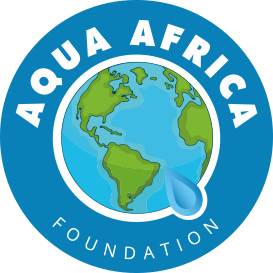In Sub-Sharan Africa, it is estimated that 184 million people use boreholes with handpumps to access water and 112 million people use rural piped supplies.
Scientists warn that drinking water supplies in parts of rural West Africa are being contaminated by lead-containing materials used in small community water systems, such as boreholes with hand pumps and public taps.
They analyzed debris scraped from pipes in 61 community water systems in Ghana, Mali, and Niger. 80% of the test systems contain at least one ingredient whose lead content exceeds international guidelines. When the components corrode, lead is released into the water. Water quality is a serious issue, causing the phenomenon known as ‘water-stress‘.
The study also sampled water from these 61 water supply systems and another 200 taps and boreholes with hand pumps. 60% of the samples contained lead at a level of -9% exceeding the World Health Organization’s regulations. Researchers have found that lead pollution is significantly related to the use of lead-containing components in water systems.
There is no known safe exposure level for lead.
It accumulates in the body and crosses the blood-brain barrier, which may cause irreversible damage to cognitive and nervous system development, especially in children and infants in the womb. For decades, lead pollution in pipeline systems has been a recognized problem. In urban areas served by large pipeline water systems, corrosion control and the use of lead-free or low-lead components have been implemented through testing and monitoring, building codes, and regulations. Implementation has controlled lead pollution.
There is evidence that lead contamination in private water wells and small pipeline systems continues to be a problem in high-income countries. Although the problem is thought to be widespread, there is a lack of good research on the situation in low- and middle-income countries. The potential impact on public health is much greater due to the global scale and the large number of people relying on water in small communities.


